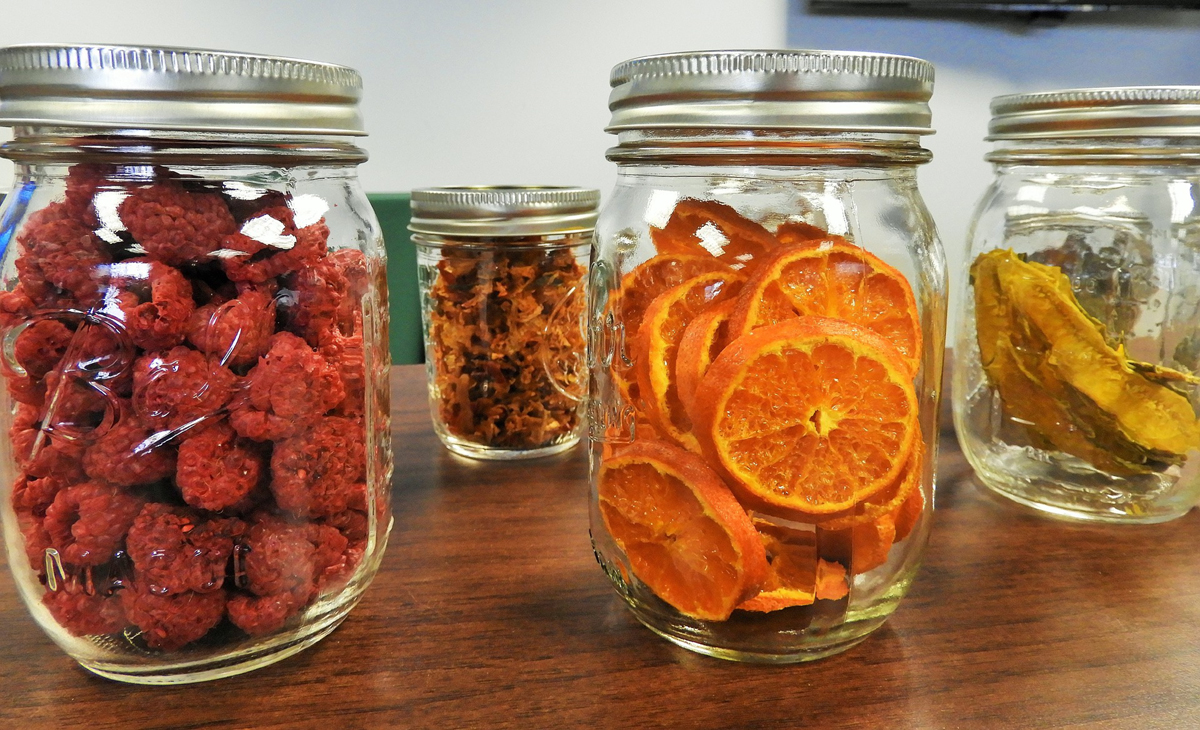I created a list for you to use when it comes time to stock your kitchen and pantry. It’s a long list but don’t be intimidated. It’s only a guideline to give you an idea of the variety of foods on the whole food plant-based diet.
Start with what you already have in your kitchen and pantry. If you feel overwhelmed, start with a few different grains, legumes, herbs and spices, dried fruits, nuts and seeds, berries and seasonal fruits and vegetables. Over time, add new items to your menu. Soon you’ll have collected most of the items below or will have at least tried them all.
List of Foods to Stock at Home
Whole Grains, Pasta and Breakfast Cereals
Rice (brown, black, red), quinoa, barley, ancient wheat varieties spelt and farro, whole wheat, buckwheat, oats, millet, sorghum (gluten-free), rye and triticale (hybrid of wheat and rye), and products made of those whole grains (pasta, lasagna, noodles, cereals, flours, breads).
Legumes
Lentils (red, brown, green, black), beans (pinto, white, red, black, kidney, black-eyed etc.), chickpeas. Store them dried and then cook them yourself or buy them in cans and jars. There are also pastas made of lentil flour.
Herbs and Spices, Dried
This list can be very long, especially if you like Indian food, but the following is a basic stock to start: sea salt, pepper (black, red, white, green), chilli flakes, paprika powder, curry powder or paste, turmeric, garlic powder, onion flakes, bay leaves, oregano, rosemary, thyme, basil, sage, organic vegetable broth powder, caraway seeds, mustard seeds, cinnamon, cardamom, nutmeg, ginger powder.
Herbs and Spices, Fresh
Basil, parsley, coriander, rosemary, mint, thyme, ginger.
Dried Fruits
Prunes, dates, figs, raisins, apricots, goji berries, mulberries.
Fresh (according to season) or Frozen Berries
Blueberries, black currants, red currants, cherries, raspberries, strawberries, blackberries.
Nuts and Seeds
Flax seeds, chia seeds, hemp seeds, sesame seeds, sunflower seeds, pumpkin seeds, poppy seeds, Brazil nuts, walnuts, cashews, hazelnuts, almonds, shredded coconut.
Note: preferably eat nuts, seeds, legumes and grains that have been soaked and rinsed. Soaking makes them more easily digestible, reduces or removes phytic acid (which reduces mineral absorption); releases the enzyme inhibitors that store nutrients while growing and prevents premature germination, and even boost vitamin B content.
Leafy Greens and Salads
Romain lettuce, iceberg lettuce, arugula, chard, kale, spinach, bok choy, watercress, radicchio, endive, chicory.
Seaweeds
Wakame, kombu, nori, agar-agar.
Starchy Vegetables
Potatoes, sweet potatoes, parsnips, corn, pumpkin, butternut squash, acorn squash, green peas, plantains.
Non-Starchy Vegetables
Artichokes, beetroot, turnip, carrots, summer squash, bell peppers, tomatoes, leeks, onions, eggplant, cucumber, celery, broccoli, cauliflower, cabbage (green, red, Savoy, Chinese), Brussels sprouts, green beans, asparagus, okra, radishes, sugar snap peas, mushrooms.
Fruits
Bananas, apples, pears, oranges, mandarins, avocados, lemons, kiwis, olives, persimmons, mangos, grapefruit, watermelon, melon.
Other
Nutritional yeast, cacao powder, carob powder, dark chocolate (at least 72% cacao content) or cacao paste, balsamic vinegar.
Good for Those in Transition and for Rare Treats
Soy sauce (look for one that has a low sodium content), agave syrup, xylitol, stevia.
The Author:
You are welcome to visit my blog nutriplanet.org for Plant-Based Meal Planning Tips, oil-free and sugar-free muffin recipes and many more lifestyle articles and delicious plant-based recipes.
